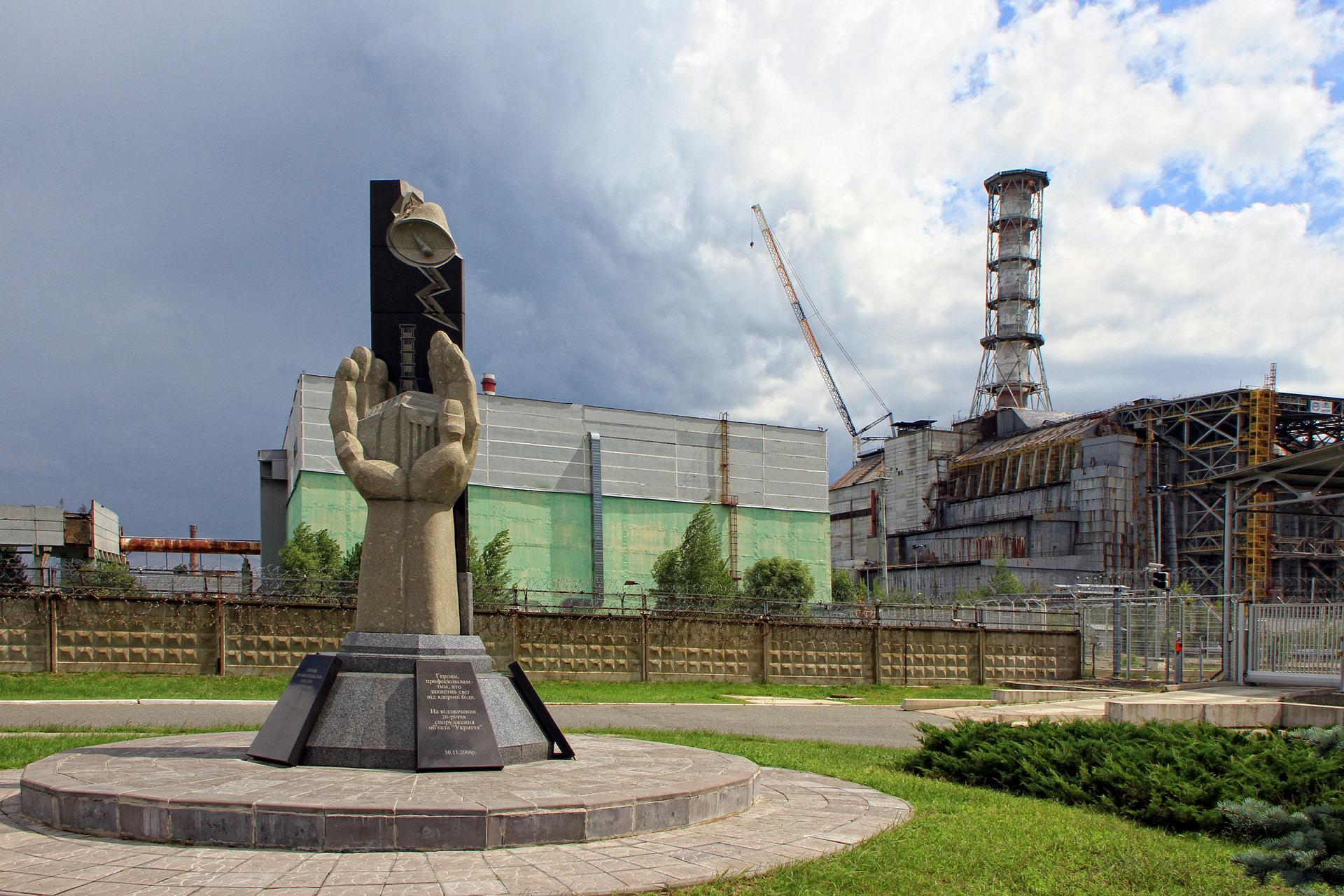
As news come in concerning the shelling of Ukraine’s Zaporizhzya nuclear power plant, Hungarian authorities have reacted to the dangers of a possible incident involving the escape of radioactive material. Hungary Today have asked the Interior Ministry’s Directorate General for Disaster Management (OKF) regarding the possible dangers of a nuclear incident involving one of Ukraine’s power stations, and what the recommendations are for the civilian population in Hungary in case of radioactive pollution.
The Director General of the International Atomic Energy Agency (IAEA), Rafael Mariano Grossi, issued a statement on August 6 about the situation at Ukraine’s Zaporizhzya nuclear power plant saying that “I’m extremely concerned by the shelling yesterday at Europe’s largest nuclear power plant, which underlines the very real risk of a nuclear disaster”. In the following days shelling has continued in the vicinity of the plant and damage to the power stations’ electricity supply was reported, even though the reactors themselves were functioning without interruption. As far as the situation at the Chernobyl plant is concerned, information is sketchy, but no damage has been recently reported from the plant.
According to the Hungarian National Atomic Energy Authority’s own assessment, what is of particular importance for Hungary is that “all the nuclear facilities currently operating in Ukraine are more than 300 kilometers away, the largest of which, the Zaporizhzhya Nuclear Power Plant, is more than 900 kilometers from the Hungarian border. Because of the great distance, in the event of an emergency, no event is expected that would justify public protection measures on the territory of Hungary”, says the statement.
The OKF’s own statement informs us of the results of ongoing radiation monitoring in the country, plus, on a separate website, advice to the civilian population regarding how they should behave in case of an incident involving radioactive pollution.
In their reply to our question the OKF spokesperson wrote that in case of an emergency, the disaster management team informs the public through a variety of means, including press releases and press conferences. In addition to these, it can also provide information through its central and regional websites, its social media platforms (Facebook, Instagram, Twitter, Youtube) and the Emergency Notification Service called VÉSZ, a free downloadable smart phone application. It also informs citizens through public service announcements on national and regional television and radio stations, including, if necessary, by interrupting the broadcast. It is also possible to inform citizens in the affected area by SMS, says the statement from the OKF.
Featured Photo: Monument at the Chernobyl nuclear plant (Pixabay).